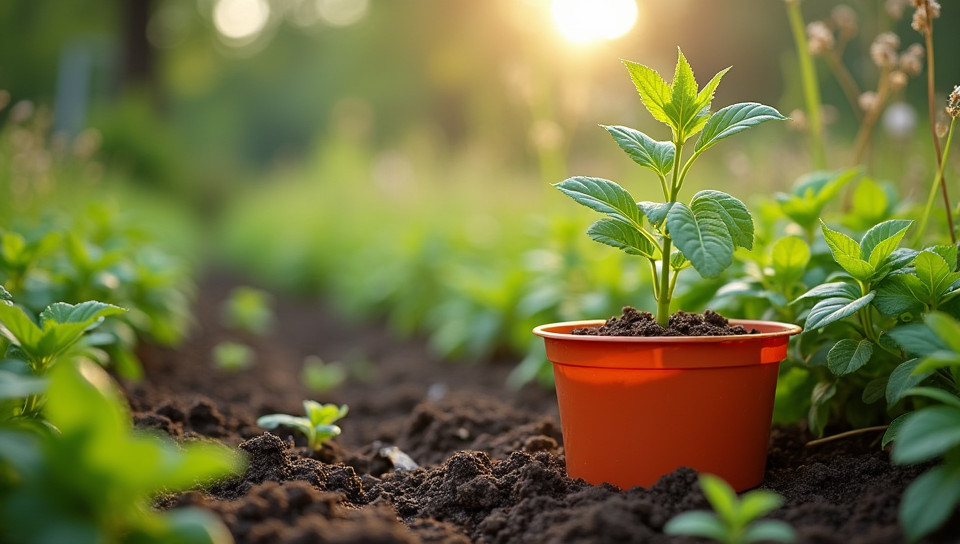Using plastic containers for gardening harms the environment 56%

The Dark Side of Gardening: How Plastic Containers Harm the Environment
As we strive to create lush and vibrant gardens, many of us turn to plastic containers as a convenient solution for planting and storing our crops. However, beneath the surface lies a sinister truth – using plastic containers for gardening can have devastating effects on our planet.
The Problem with Plastic
Plastic containers are made from polyethylene or polypropylene, two types of plastics that are not biodegradable. When we use these containers for gardening, they end up in landfills, oceans, and other ecosystems where they can take hundreds of years to decompose.
- They contribute to the staggering 8 million tons of plastic waste that enter our oceans every year
- They can leach chemicals into soil and water, harming plants and animals alike
- They are often not recycled, perpetuating a cycle of waste and pollution
The Impact on Our Ecosystems
The consequences of using plastic containers in gardening extend far beyond the garden itself. When these containers break down or are discarded, they enter our ecosystems where they can cause irreparable harm.
- Marine life becomes entangled in plastic debris
- Fish and other animals ingest microplastics, which can lead to serious health problems
- Soil quality is compromised by the presence of plastic pollutants
A Greener Alternative
Fortunately, there are many eco-friendly alternatives to plastic containers for gardening. Consider using:
- Biodegradable planters made from materials like bamboo or coconut coir
- Reusable containers made from materials like wood or metal
- DIY planters crafted from natural materials like clay or stone
Conclusion
As gardeners, we have a unique opportunity to make a positive impact on the environment. By choosing sustainable alternatives to plastic containers, we can reduce waste, promote eco-friendly practices, and create healthier gardens for ourselves and future generations. Let's join forces to create a greener, more sustainable gardening community – starting with the simple act of saying no to plastic.
- Created by: Matías Meza
- Created at: Aug. 19, 2024, 9:49 p.m.
- ID: 7749






